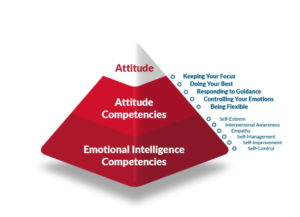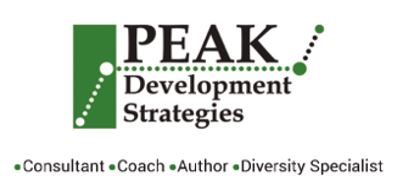
Understanding the Importance of Soft Skills and Emotional Intelligence
Soft skills, often called interpersonal or people skills, encompass a range of abilities that facilitate effective communication, collaboration, and problem-solving in various contexts. Emotional intelligence (EI) is a critical component of soft skills, defined as the ability to recognize, understand, and manage one’s own emotions while also being attuned to the feelings of others. The significance of these skills in both personal and professional environments cannot be overstated; they are essential for fostering positive relationships, enhancing teamwork, and driving organizational success.
Identifying Key Soft Skills and Emotional Intelligence Competencies
To effectively teach soft skills and emotional intelligence, it is crucial first to identify the specific competencies that fall under these categories. Some key soft skills include:
- Communication: The ability to convey information clearly and listen actively.
- Teamwork: Collaborating effectively with others toward common goals.
- Adaptability: Adjusting to new challenges and environments with ease.
- Problem-Solving: Identifying issues and implementing effective solutions.
- Leadership: Inspiring and guiding individuals or teams.
Emotional intelligence competencies include:
- Self-Awareness: Understanding one’s own emotions and their impact on behavior.
- Self-Regulation: Managing one’s emotions in healthy ways.
- Empathy: Recognizing and understanding the emotions of others.
- Social Skills: Building rapport and managing relationships effectively.
Developing a Curriculum for Teaching Soft Skills
Creating an effective curriculum for teaching soft skills involves several steps:
- Assessment of Needs: Conduct surveys or assessments within your organization or educational institution to identify gaps in soft skills among employees or students.
- Setting Learning Objectives: Define clear objectives for what participants should achieve by the end of the training program. For example, improving communication skills could be a primary goal.
- Designing Training Modules:
- Use interactive methods such as role-playing exercises to simulate real-world scenarios where participants can practice their skills.
- Incorporate workshops encouraging group discussions, feedback sessions, and cooperative problem-solving tasks.
- Utilizing Technology:
- Implement e-learning modules that provide flexibility for learners to engage with content at their own pace.
- Use video tutorials that demonstrate effective communication techniques or conflict resolution strategies.
- Incorporating Feedback Mechanisms:
- Establish regular feedback sessions where participants can receive constructive criticism from peers or trainers regarding their progress in developing soft skills.
Implementing Emotional Intelligence Training
Training focused specifically on emotional intelligence can enhance overall soft skill development. Here are some strategies for implementing EI training:
- Workshops on Self-Awareness: Facilitate sessions where participants reflect on their emotional triggers and responses through guided activities like journaling or mindfulness exercises.
- Active Listening Exercises: Teach participants how to engage in active listening by focusing fully on speakers without interrupting, which fosters empathy and understanding.
- Conflict Resolution Training: Provide tools for identifying sources of conflict and practicing calm communication strategies that promote collaborative solutions.
- Mentorship Programs: Pair less experienced individuals with mentors who exemplify strong emotional intelligence traits, allowing them to learn through observation and guidance.
- Continuous Learning Opportunities: Encourage ongoing development through seminars, online courses, or reading materials focused on enhancing emotional intelligence competencies over time.
Evaluating Effectiveness
To ensure that the training programs are successful:
- Pre-and Post-Assessments: Measure participants’ soft skill levels before training begins and after its completion using standardized assessments or self-evaluations.
- Feedback Surveys: Collect participant feedback regarding the relevance and applicability of the training content to their roles.
- Performance Metrics Tracking: Monitor changes in team dynamics, productivity levels, employee satisfaction scores, or other relevant performance indicators post-training implementation.
By systematically addressing these components—understanding importance, identifying competencies, developing curricula, implementing training methods, and evaluating effectiveness—organizations can successfully teach soft skills and emotional intelligence leading to improved workplace interactions and outcomes.

Recent Comments